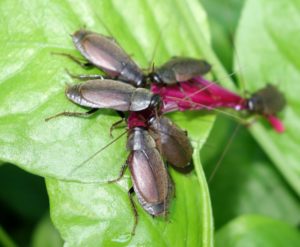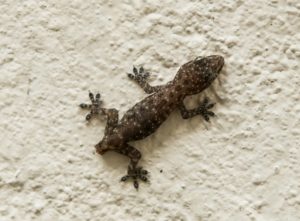HOW DO ALLIGATORS HUNT AT NIGHT?

American Alligator (Alligator mississippiensis)

Alligator
The snouts and faces of alligators have pressure receptors— scientifically known as dome pressure receptors—that allow them to detect the slightest disturbances on the water surface around them. The receptors are tiny bumps lining the jaws of alligators and crocodiles that look like small dots.
According to Ask Nature, the receptors are so sensitive that they can detect the impact of a single droplet of water on the water surface, allowing alligators to identify and catch prey in darkness.
Recent posts
Join us on social media or subscribe!
Sign up to receive our articles in your inbox!
Enter your name and email address below to subscribe.









